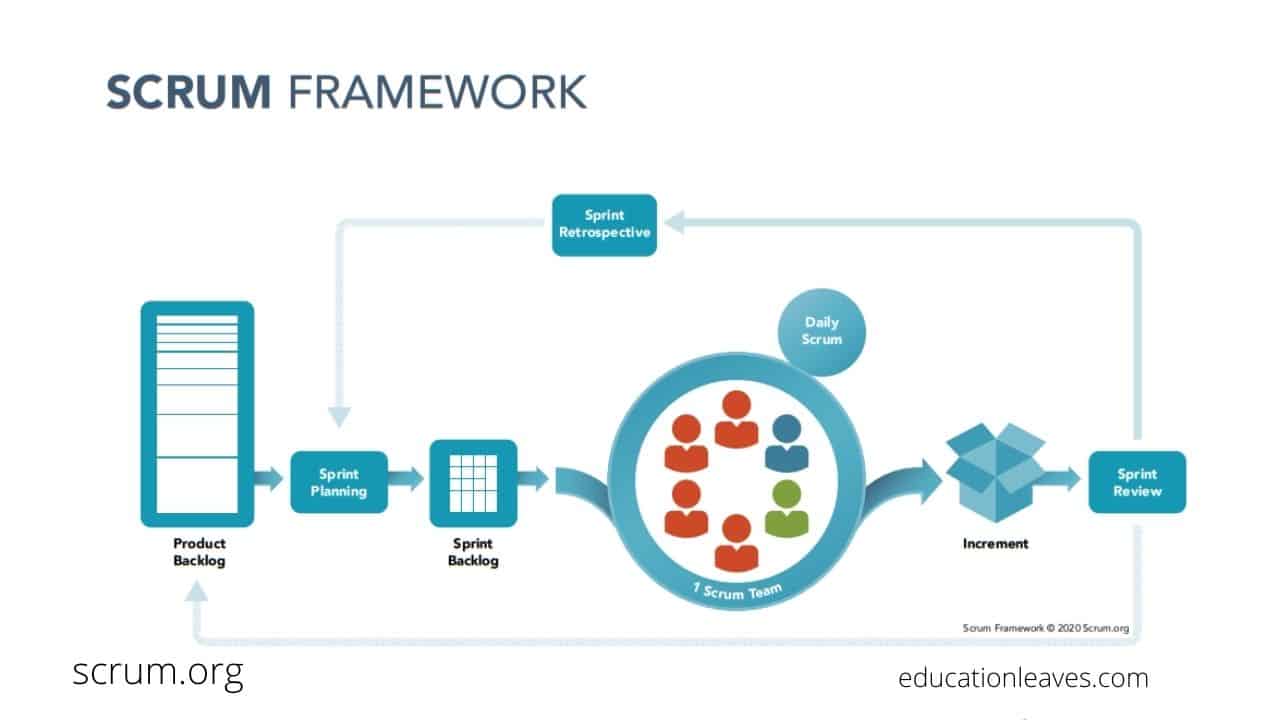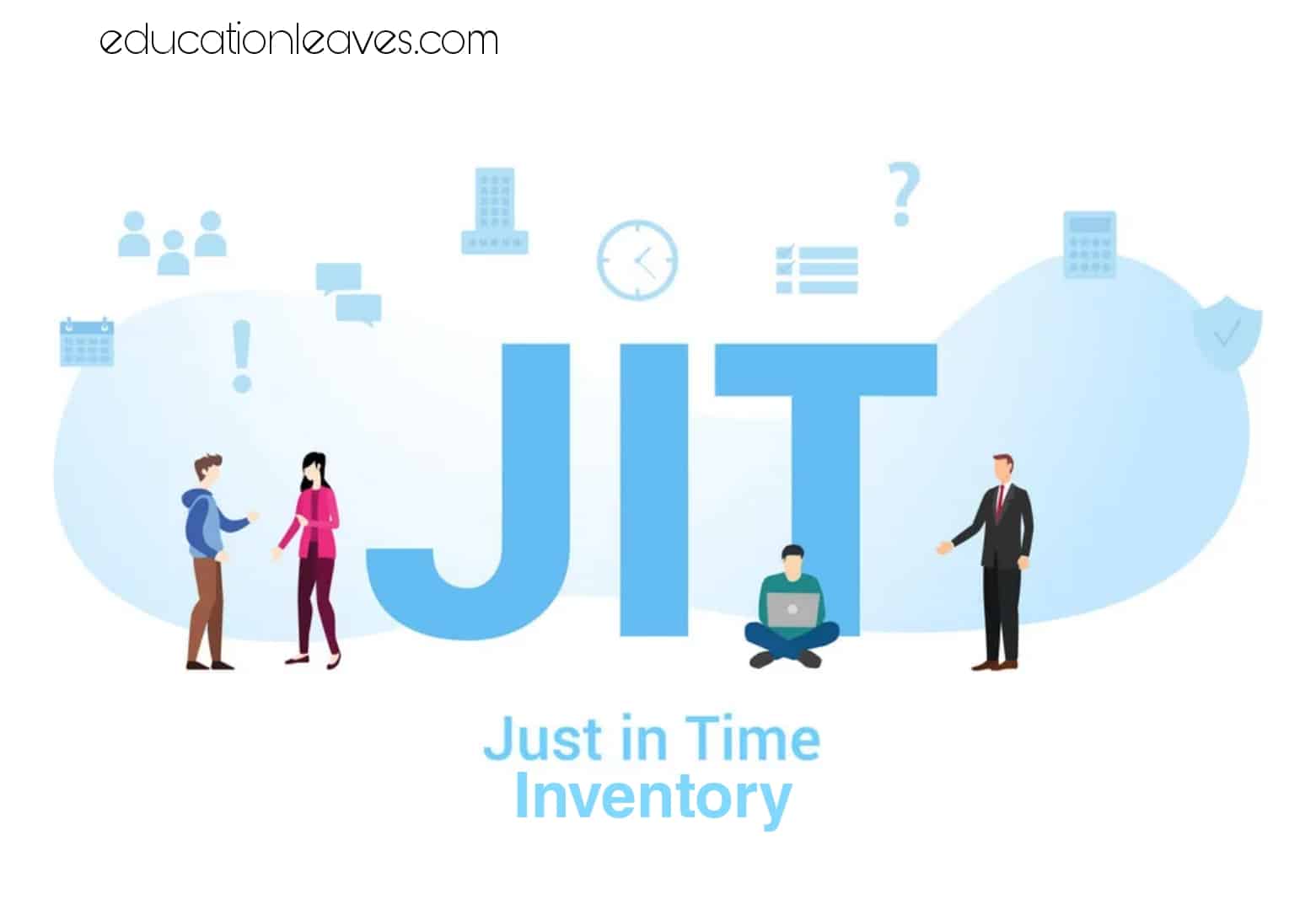Product Packaging: Requirements, Functions, Types, Packaging Methods.
Product Packaging is the art and science of preparing goods or product for transport and sale. Packaging is the means of ensuring safe delivery of the product to the ultimate customer in sound condition at a minimum overall cost.










